(Fig. 1 - on the wrist)
Introduction: brief history and recent market updates
The 2526 is an important Patek reference from the past and has been written about extensively. I’d like to contribute; by pulling together some new sources of information including recent market events, provide some reference content and share some personal observations of subject example for a fresh view of this iconic reference that’s due for an update.
The 2526 was born in 1952 and sold by Patek from 1953 – 1960. The very first example, movement SN 760,000 was auctioned by Antiquorum in ‘91, again by Antiquorum in ‘98 and for a third time very recently at Sotheby’s just last month. It achieved a record result for a 2526 of $729,387 USD at the April Sotheby’s sale Here - J.B. Champion 2526 (Fig. 2) and bested a previous record set by a 2526 Tiffany and Co. Platinum example on a Tiffany stamped bracelet auctioned at Heritage for $642,500 in 2018 (Fig. 30).
This first example was custom made for Dallas collector J.B. Champion in ‘52 and sold to him through the local dealer, Linz in ‘53. Reportedly, J.B. Champion was an important client of Linz and also owned some interesting Patek references, including a piece unique “The Bulletin” auctioned by Christies in 2012. You can read more about it Here - Patek "The Bulletin" auction.
The ref. 2526 was quite an undertaking in design and manufacture capabilities, featuring an enamel dial that was labor intensive to create without flaws to Patek’s standards and housing Patek’s first automatic caliber. The 2526 was offered in yellow, rose, white gold and platinum metals. The most oft-associated dial configuration with the reference were white enamel coated, although some had what I’ll term as novel or rare variations and featured black enamel, non-enamel, silvered dials (some with diamond, alternating diamond and lapped indices) and a special issued set reportedly commissioned by former President Lyndon B. Johnson with an arching script (Figs. 27-30). According to John Reardon’s “Patek Philippe in America”publication, Patek introduced the 2526 reference originally at a price point of $800 on a strap or $1,200 on a bracelet. At the time, it was not out of the price neighborhood when on a bracelet from complicated references, such as the 2499. Patek considered the 2526 to be a flagship reference of the brand and offered several bracelet options made by Gay Freres, Ponti Gennari and Jean-Pierre Ecoffey for customers to select if they wanted an option to the usual strap offerings during time of, or after purchase. As such, this reference was sometimes sold without a strap or bracelet to allow customer selection at point of purchase.
According to Sotheby’s lot notes (comprised in association with Tortella & Sons) for the J.B. Champion sale, 3,000 examples were produced during its run. Over the last 40 years 320 have surfaced in yellow gold, 95 in pink gold, 21 in white gold and 23 in platinum for a total now known to have survived of approximately 429. In other words, less than 15% of the total original production of approximately 3,000 across all series and metals are known to this day. Narrowing it even further, finding examples in current times with well-preserved dial condition can become quite challenging. Additionally, there are distinct series with nuances within series known.
The first series are most recognized for their drilled and attached indices. The very first Mk1 examples comprise a 3-piece case with a removable bezel (Fig. 3) and show a bevel, or chamfer along the outer lug edges (Fig. 5). This version was followed by a first series Mk2 type, featuring an evolved monobloc case with fixed bezel, a more pronounced case ledge from bezel break point between the lugs and absence of chamfers on the outer lug edges (Fig. 6)
The later series featured applied indices on top of the dial surface. The six o’clock marker on these later series dials is shorter than the first series (Fig. 11).
(Fig. 2 - First 2526 produced for J.B. Champion. 👈🏻Auctioned by Antiquorum on a Ponti Gennari bracelet in ‘91 and ‘98. Auctioned 👉🏻 by Sotheby’s on a Gay Frères bracelet in ‘24. Images courtesy of respective auction houses)
(Fig. 3 - First series case design (Mk1) featuring a 3-piece case, courtesy of Sotheby’s in association with Tortella & Sons)
(Figs. 4, 5 - period advertisements of early 2526 first series examples. A chamfer is evident on outer lug edges in Fig. 5. Images from original advertisements courtesy of J. Michael Mehltretter and Adam Victor respectively)
(Fig. 6 - 👈🏻 760,006 Mk1 first series showing chamfer and 3-piece case with removable bezel flush to case edge. 👉🏻 760,144 Mk2 first series showing no chamfer, monobloc case with fixed bezel and case edge extended beyond bezel. Images courtesy of Heritage auctions).
The Dial
The dial consists of two relatively thick layers (by current production standards) of fired, hardened enamel on top of a silver base plate, created by Stern. The manufacturing process and quality standards were quite demanding with a high failure rate, so very few of those produced met the quality criteria to be ultimately placed into cases. I would speculate that less than 150 first series dials are among the total 2526 examples known currently.
In some light conditions, the translucent dial appearance is reminiscent of an ice rink after the Zamboni machine completes its glazing run. In other conditions it has a very porcelain white appearance. The enamel coating is relatively immune to the effects of environmental factors that cause aging to appear on most dials that have existed for this period. This particular example from 1953 sports the first series dial, which is known for having its markers riveted to the dial via holes drilled through the enamel and base plate. This process shows the hallmark dimples by the two dial feet of each marker that are most visible as light passes over the dial (Figs. 8, 10). As previously mentioned, later series dials had the markers glued on top of the enamel dial surface, as this proved to be a less troublesome and costly method of manufacturing these dials with a lower failure rate. The first series dials are fewer among the series and therefore coveted for their lower production and telltale appearance.
The signature and markings on these enamel dials are also unique and referenced in the books “The Dial” by Helmut Crott and ‘Patek Philippe-cult Object and Investments”, by J. Michael Mehltretter. The signature, seconds track and outer pearling minutes track contain gold particles that were infused into an enamel powder. This powder substrate was then pad printed onto the surface of the enamel dial and has a radiant effect when light passes over the surface. (Fig. 7, 9). The hour and minute hands are classic dauphine and leaf seconds with lapped hour markers.
(Fig. 7 - gold signature)
(Fig. 8 - marker dimples)
(Fig. 9 - glimmering signature)
(Fig. 10 - dimples noted under light)
(Fig. 11 - comparison of attached and applied indices at six o’clock from First (L) to later series dials (R - image courtesy of Loupethis online auction)
The Case
The case was manufactured by F. Baumgartner (key 2, Fig. 14) and features a timeless design which exudes class and presence on the wrist at 36mm. The flowing bezel and lugs show subdued transition lines which differ from other screw back case designs, such as those produced by FB Taubert for several Patek references. According to Sotheby’s J.B. Champion lot report in association with Tortella & Sons, the very earliest examples up to approx. first 150 featured the 3-piece case with separate bezel design and thereafter transitioned to an integrated bezel into the monobloc case (Figs. 3, 6). The hallmarks are located under a lug and between the lower lugs at 6 o’clock. Both hallmarks on subject example are deep and crisp (Fig. 15). The crown features a double, opposing PP logo (Fig. 12), which was the first crown of this type used on a reference and signifies the presence of Patek’s first automatic caliber, the 12-600 AT. The case-back on the first series is also more convex and fuller than later series case-backs (Fig. 15).
(Fig. 12 - double, opposing PP crown)
(Fig. 13 - case profile)
(Fig. 14 - Inner caseback)
(Fig. 15 - Hallmark between lugs at 6 o’clock)
(Fig. 16 - first series caseback shown in upper pic, later series caseback shown in lower pic. Courtesy of Heritage auctions)
The Movement
The 12-600 AT (Fig. 17) is a work of art and remains celebrated for its beauty, engineering prowess and finishing standards to this day. As mentioned, it was the first fully automatic caliber made and used in a Patek. The full 18k automatic rotor features a center axis to perimeter expanding hobnail engraving design with a polished interlocking PP and 18k engraving. It’s amazing to see this level of craftsmanship hiding behind a solid caseback. The movement also features the Geneva seal and beautiful anglage polishing, black polish, perlage and Geneva waves finishing touches.
The 12-600 AT movement debuted in the 2526. Starting in ‘54, the movement was then used in the round 2551 and square 2540 (a Ponti Gennari design, nicknamed “TV” per namesake appearance). From ‘55 - ‘70 it appears in eight additional references. According to Sotheby’s and Tortella & Sons, the first 150 movements contained a bi-metallic balance that was later succeeded by a gyromax balance (among some other advancements to the movement) (Fig 18). Recall the J.B Champion example is numbered 760,000, so the stated 150 total would take us to 760,149. That said, I’ve personally seen other examples manufactured from ‘53 - ‘54 (including subject of article with last three digits numbered 17x), that have the earlier bi-metallic balance and believed to be original (Fig. 19). This is certainly past the first 150 made when the 12-600 AT was solely used in the 2526, so the stated cut-over number from a bi-metallic to a gyromax balance in the J.B. Champion lot report is in conflict with evidence, therefore that published total beckons a correction.
(Fig. 17 - 12-600 AT movement. Numbered 760,17x with bi-metallic balance from ‘53)
(Fig. - 18 👈🏻 bi-metallic balance, 👉🏻 gyromax balance. Image courtesy of majestyoftime.com)
(Fig. 19 - 2526 R with bimetallic balance manufactured in ‘54, sold in ‘55. Image courtesy of John Nagayama).
The Bracelet
The bracelet was designed by famed Italian goldsmith, Ponti Gennari and in its own right is a work of art. Coincidentally, the current home of the Patek museum was the original Ponti Gennari facility. In the Patek catalogue, this bracelet is referenced as the Type G which is affectionately known by many collectors as the “Lobster” bracelet due to its appearance when viewed from the end, appearing as a lobster tail. It features an intricate design of articulating inner scalloped links and outer rectangular borders and has quite a degree of heft in the hand or on the wrist and has a presence at full length with a precise fit (Figs. 22, 23). This was the only bracelet option for the 2526 that was specific to the reference and not shared with other Patek references. Note the additional options illustrated (Figs. 20, 21). It’s also seen on other references occasionally such as the 2551 but was not an original option for this or other references. This example features the original full 24 links and shows no sign of repair work. This bracelet is very rare and adds quite a stunning level of complement to the enamel dial and case. Evidence of the quality is seen in the clasp which displays the double, opposing PP on the outer clasp (Fig. 24) and stamped full Patek signature on the underside (Fig. 25). Inside the clasp we find the Ponti Gennari maker stamping. (Fig. 26). The massive prongs on the backside hold the bracelet very securely to the watch head for a customized fit without play. I would consider this among the wildest, craziest, and coolest bracelets I’ve seen.
So, there we have it, a bracelet deserving of some airtime. The type G aka 🦞 is not for the faint of heart and makes quite a statement on the wrist. It was designed specifically for the 2526 reference in close partnership between Ponti Gennari and Patek.
(Figs. 20, 21) - “Patek Philippe in America” bracelet options manufactured by Gay Freres, Ponti Gennari and Jean-Pierre Ecoffey for Patek from original Patek brochures. Images courtesy of John Reardon)
(Fig. 22 - full length profile)
(Fig. 23 - endlink fit)
(Fig. 24 - outer clasp stamped double, opposing PP logo)
(Fig. 25 - inner clasp Patek stamping)
(Fig. 26 - inner clasp maker stamp)
Novelties
(Fig. 27 - silvered dial with alternating diamond and lapped indices. Image courtesy Christies)
(Fig. 28 - LBJ special order silvered dial with “Golden Rule” arched script on a Gay Freres woven, herringbone style bracelet. Courtesy Phillips NY exhibition for Geneva auction 5/11/24)
(Fig. 29 - black enamel dial, 18 known and shown on a Gay Freres brick “type D” bracelet. Image courtesy of Phillips)
(Fig. 30 - Previous 2526 auction record, Platinum cased T&Co first series enamel dial on T&Co stamped C+B platinum bracelet. Image courtesy of Heritage auctions)
In Summary
The 2526 remains an iconic reference to this day. Collectors favor the refence for its timeless design, clean lines and wearability for most wrist sizes. Selecting an example of any series requires a primary focus on evaluating the dial. The enamel dials are beautiful and yet have a risk for hairline cracks, which reportedly occur most commonly from improper handling technique when the dial is removed from or placed back onto the movement during servicing when improper tension or torque is applied to the dial. Fractured dials impact the value proposition of the 2526 greatly, so scrutiny of the dial condition is essential and viewing it under bright light and magnification at angles is a useful method for assessing condition. However, the reference is certainly deserving of wrist time and should be durable when worn and handled appropriately to maintain desirable condition. In my opinion, the bracelet options provided by Gay Freres, Ponti Gennari and Jean-Pierre Ecoffey take the look to the next level and add a punch of panache to the wearing experience.
Video- (enamel dial characteristics under bright light)
Thanks for Reading.

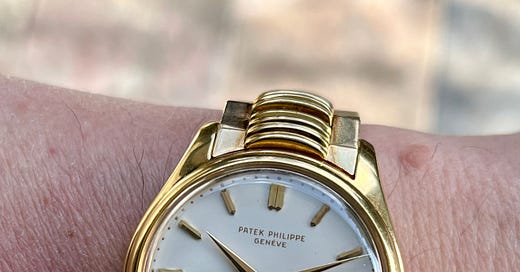



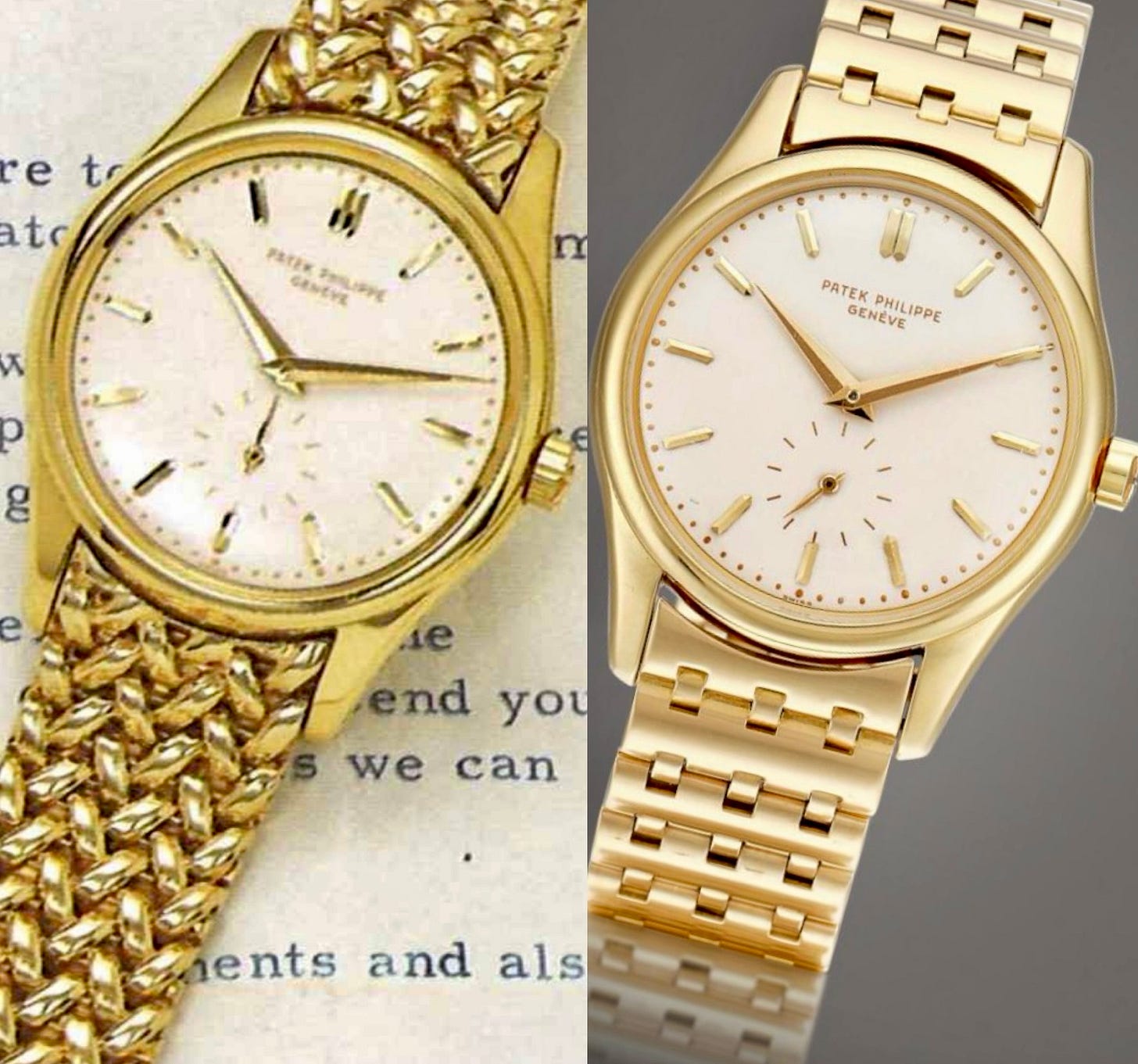
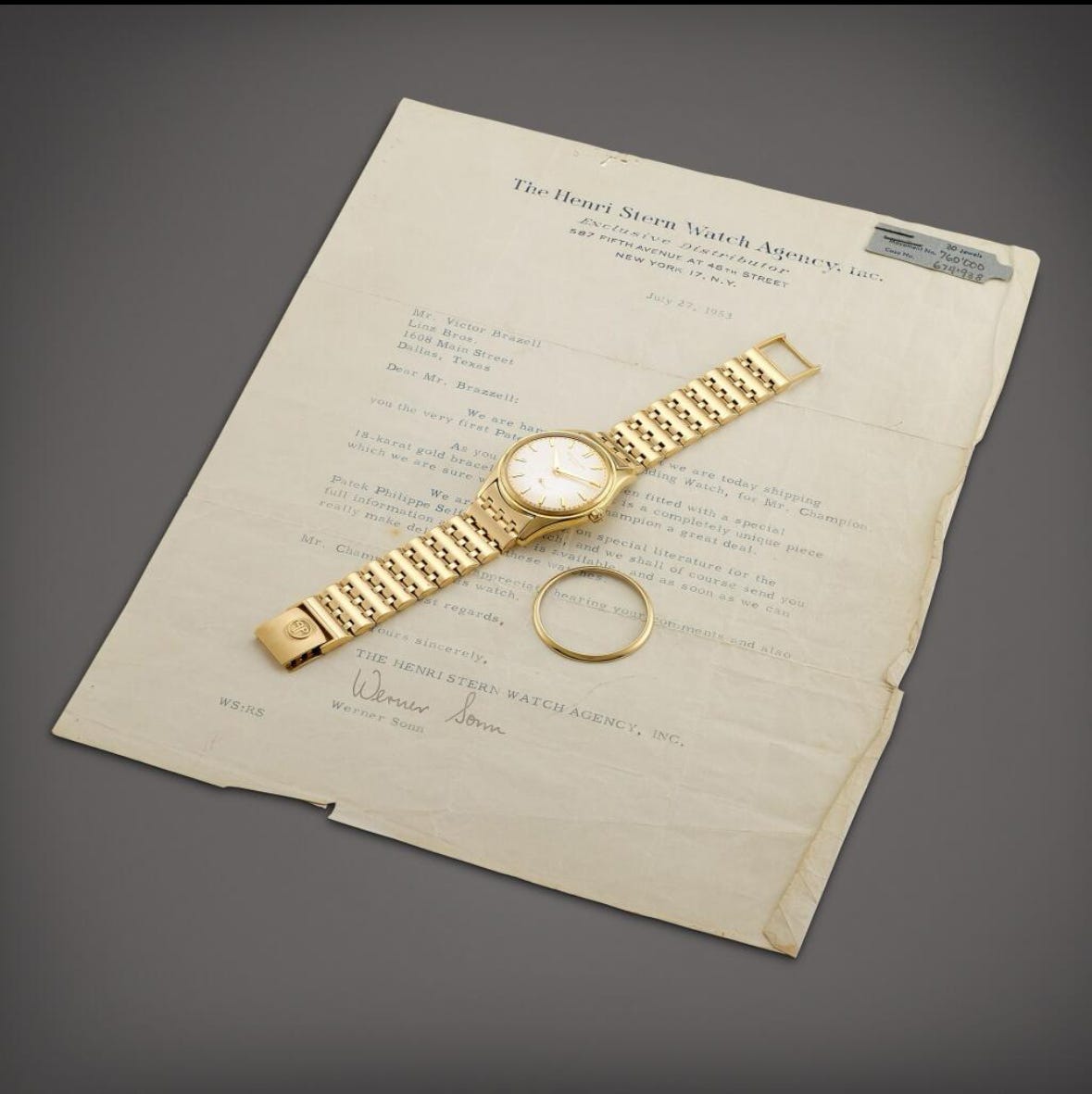
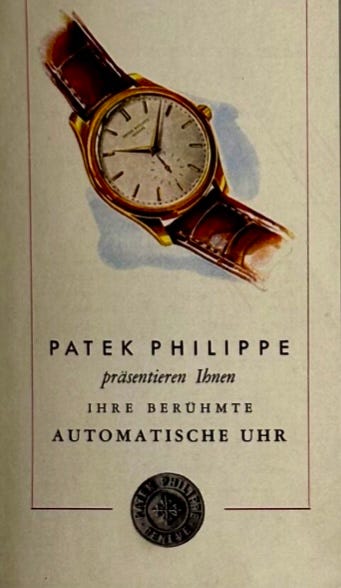
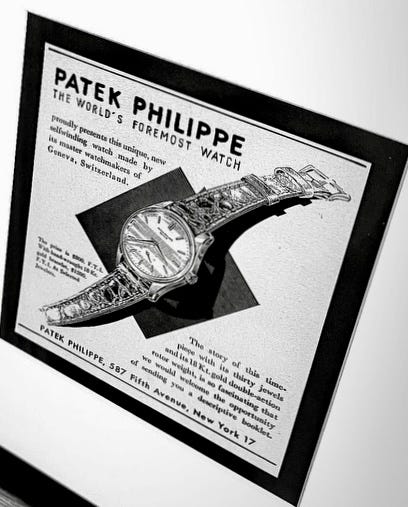
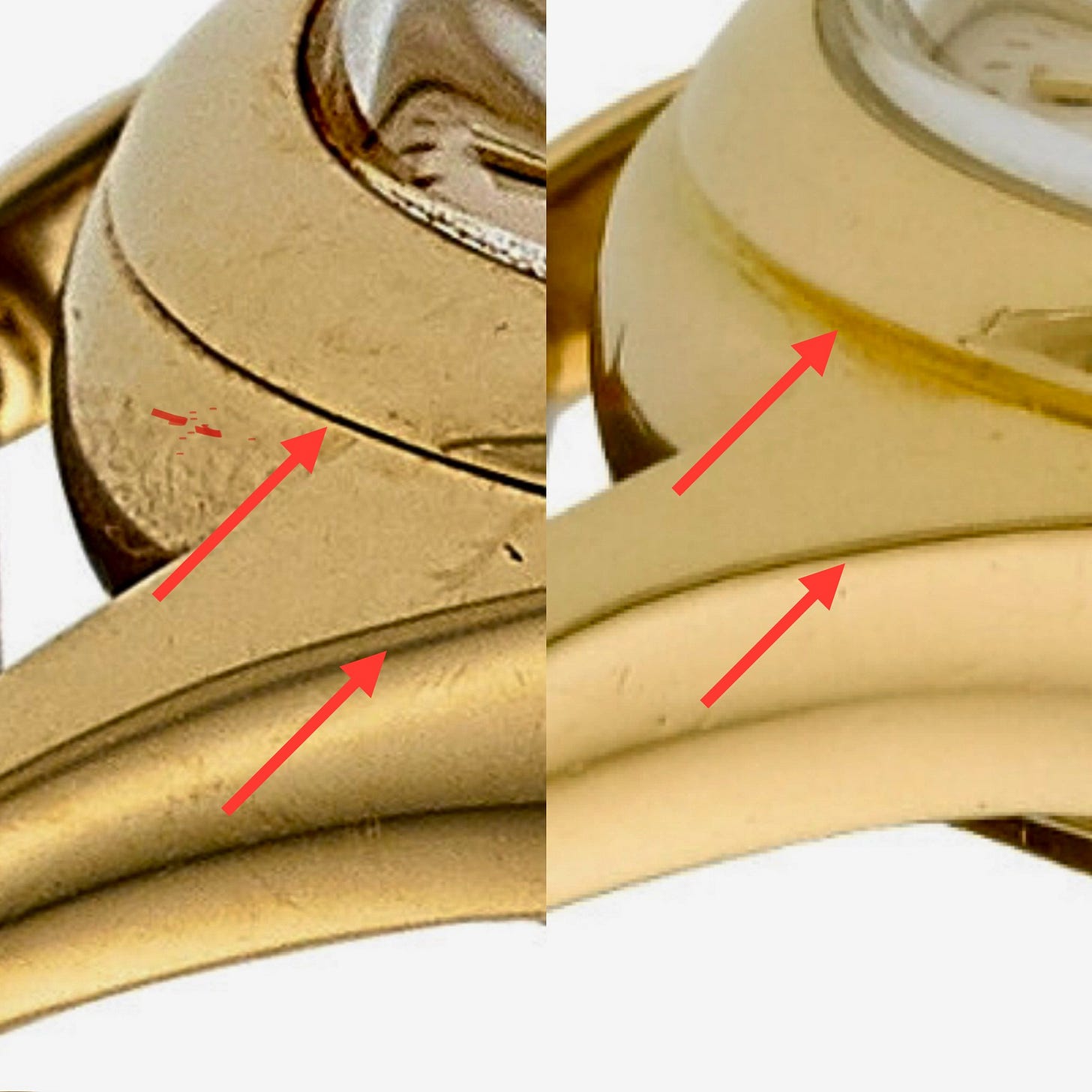

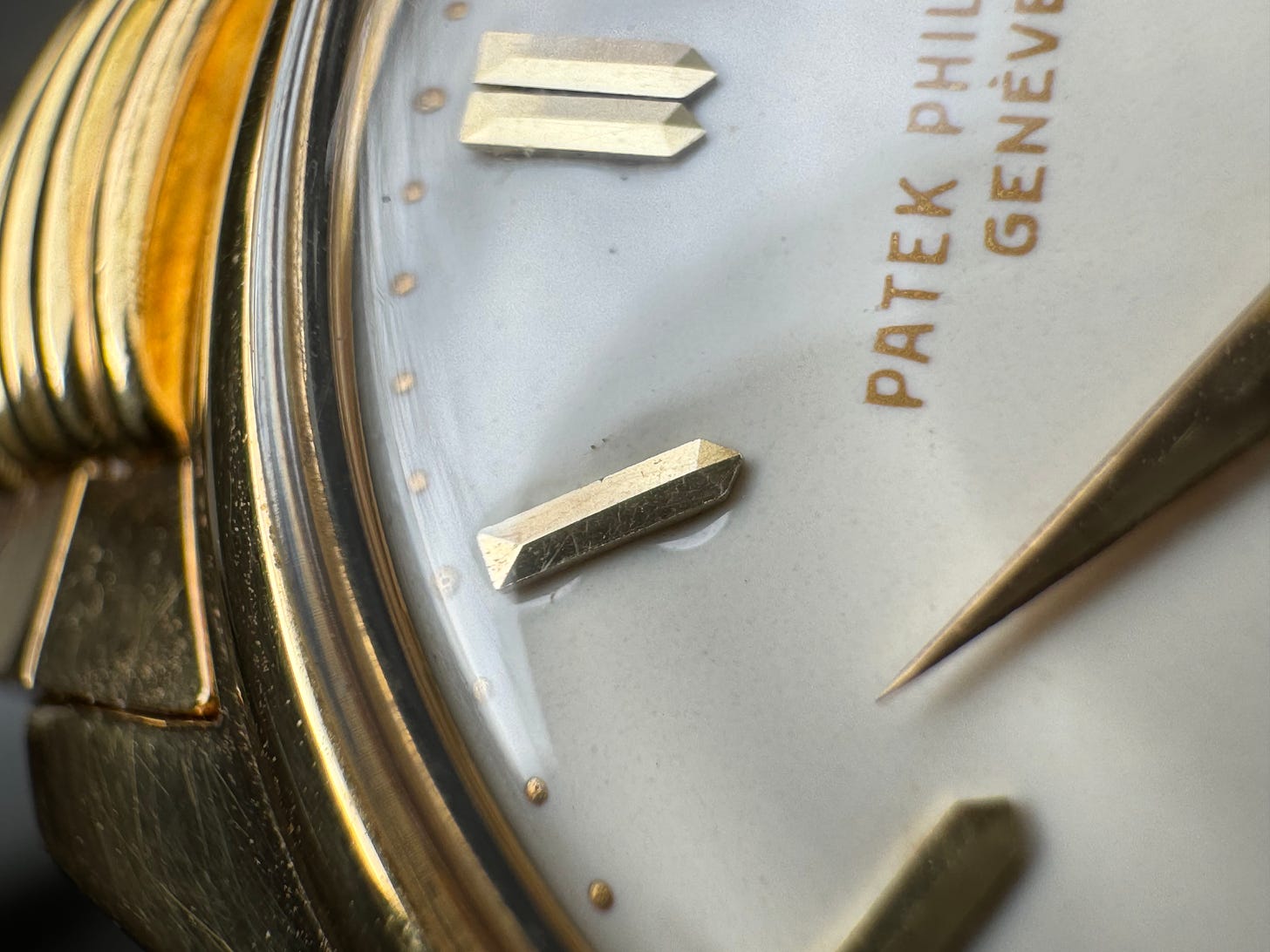
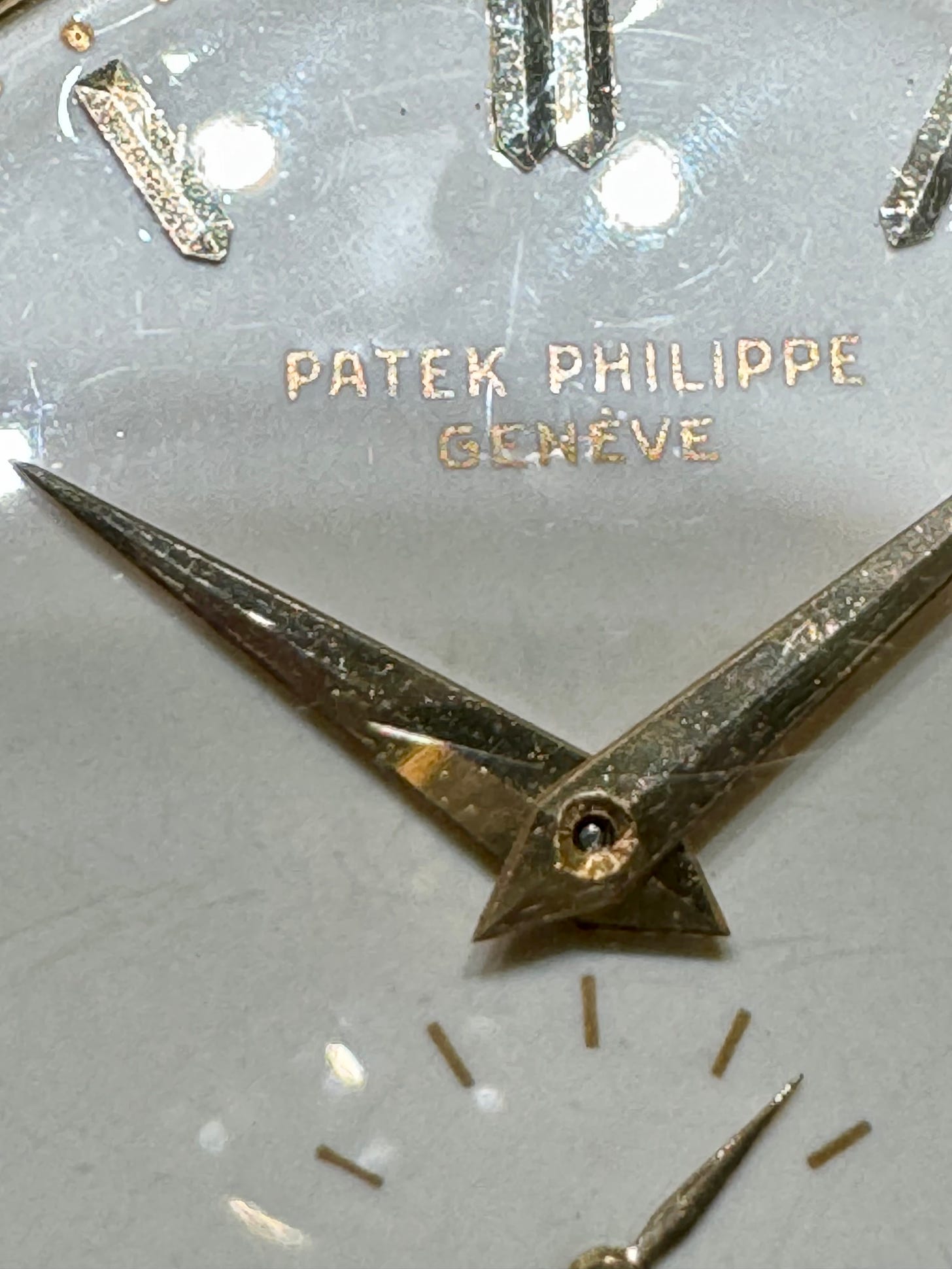
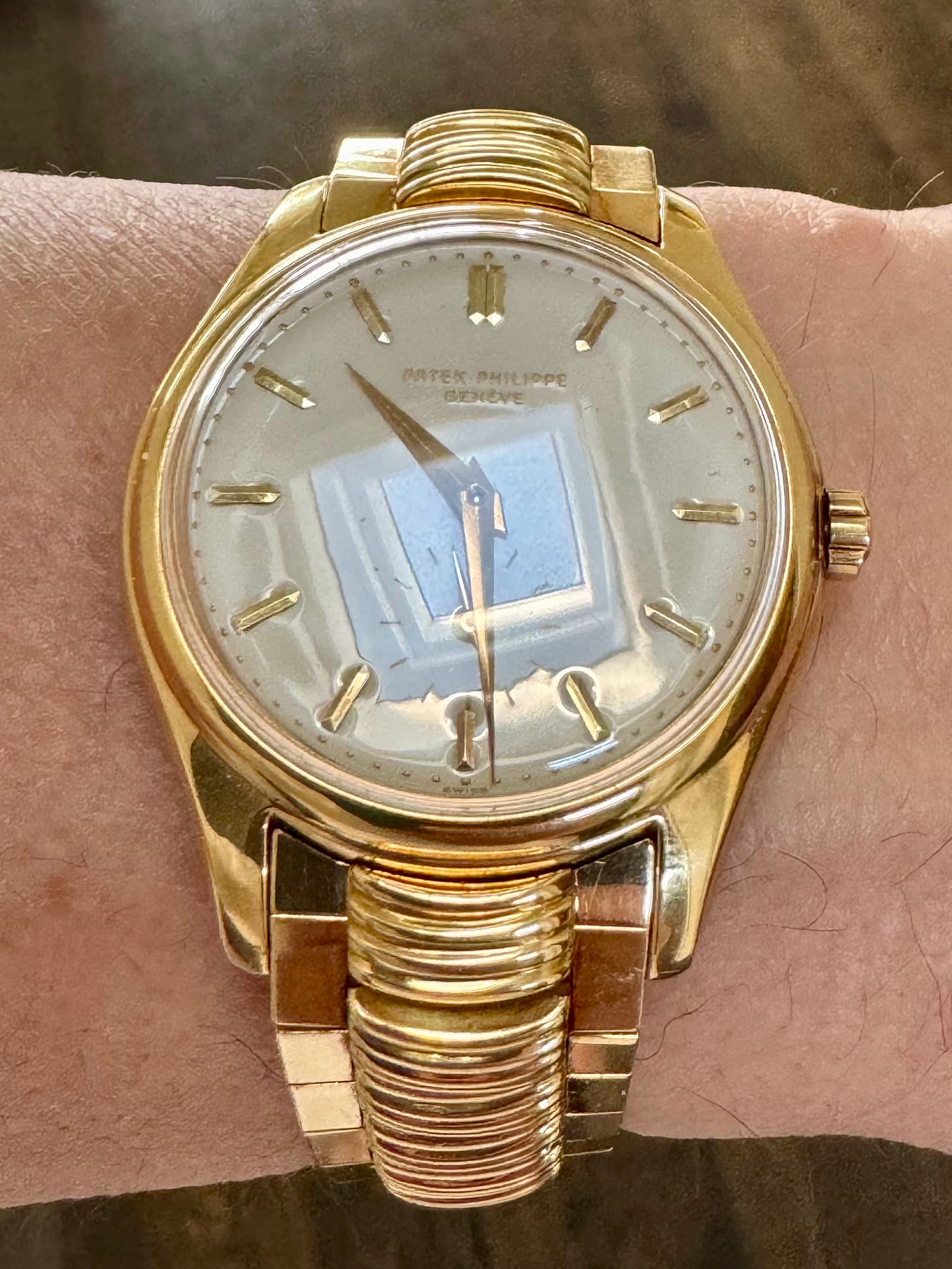
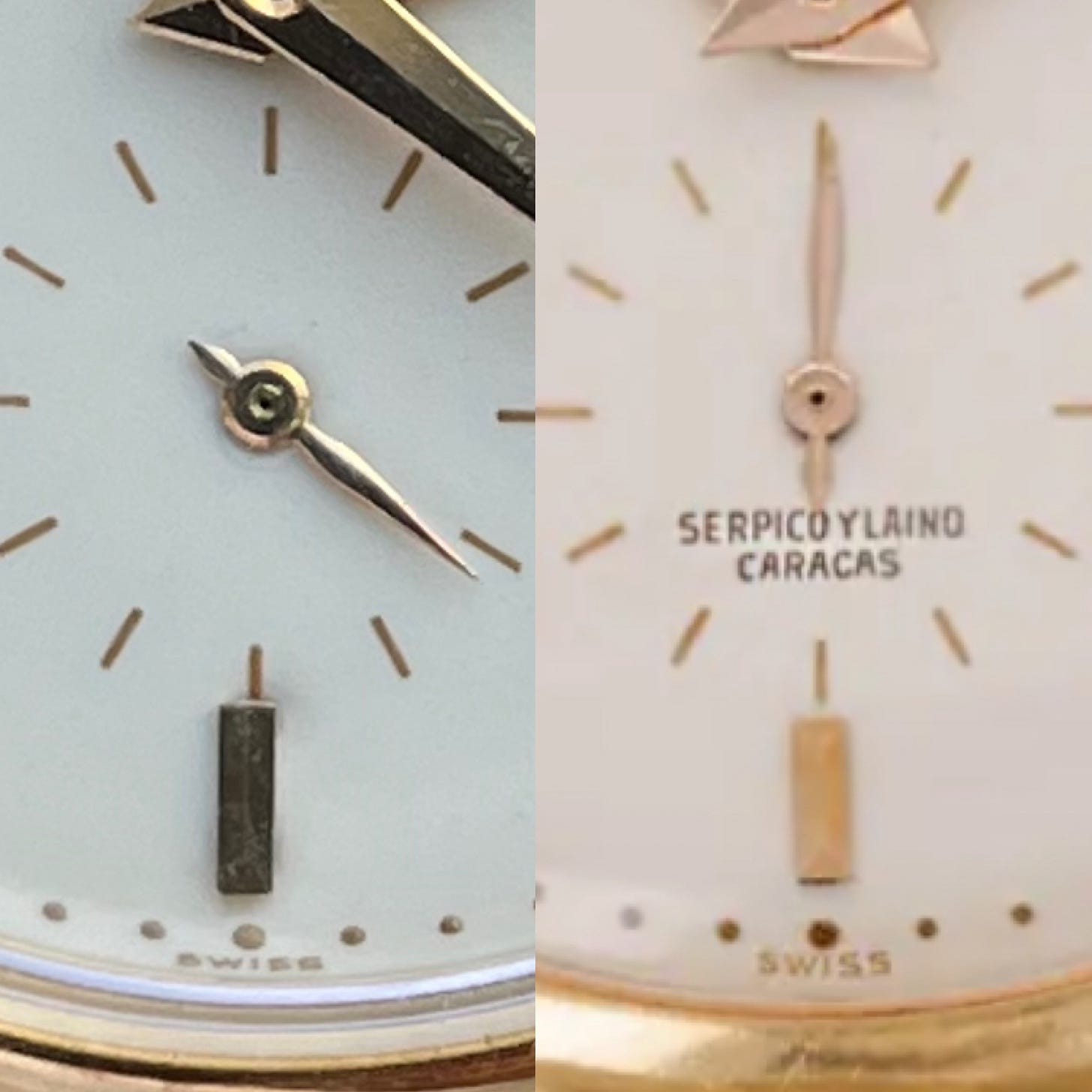
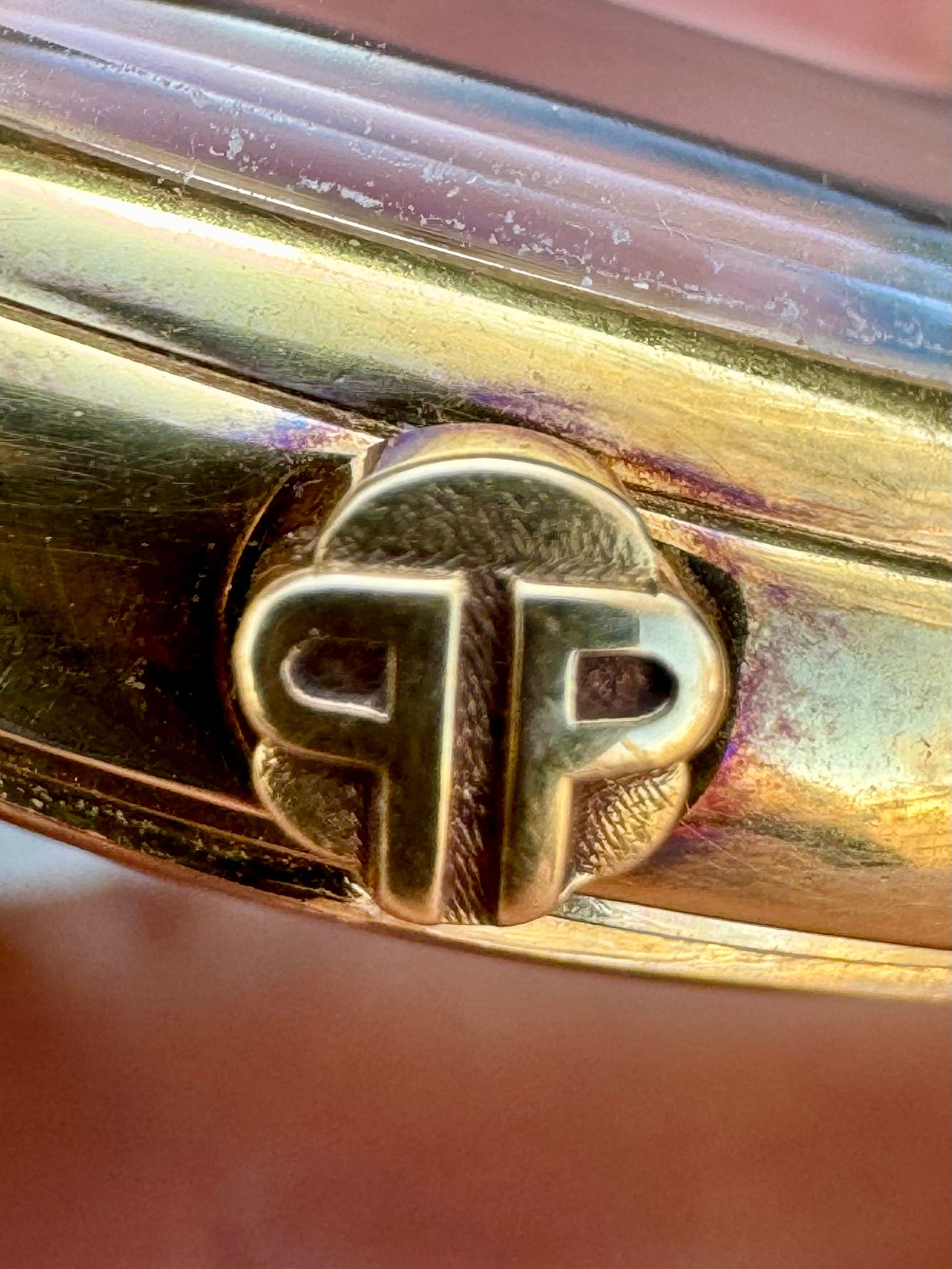
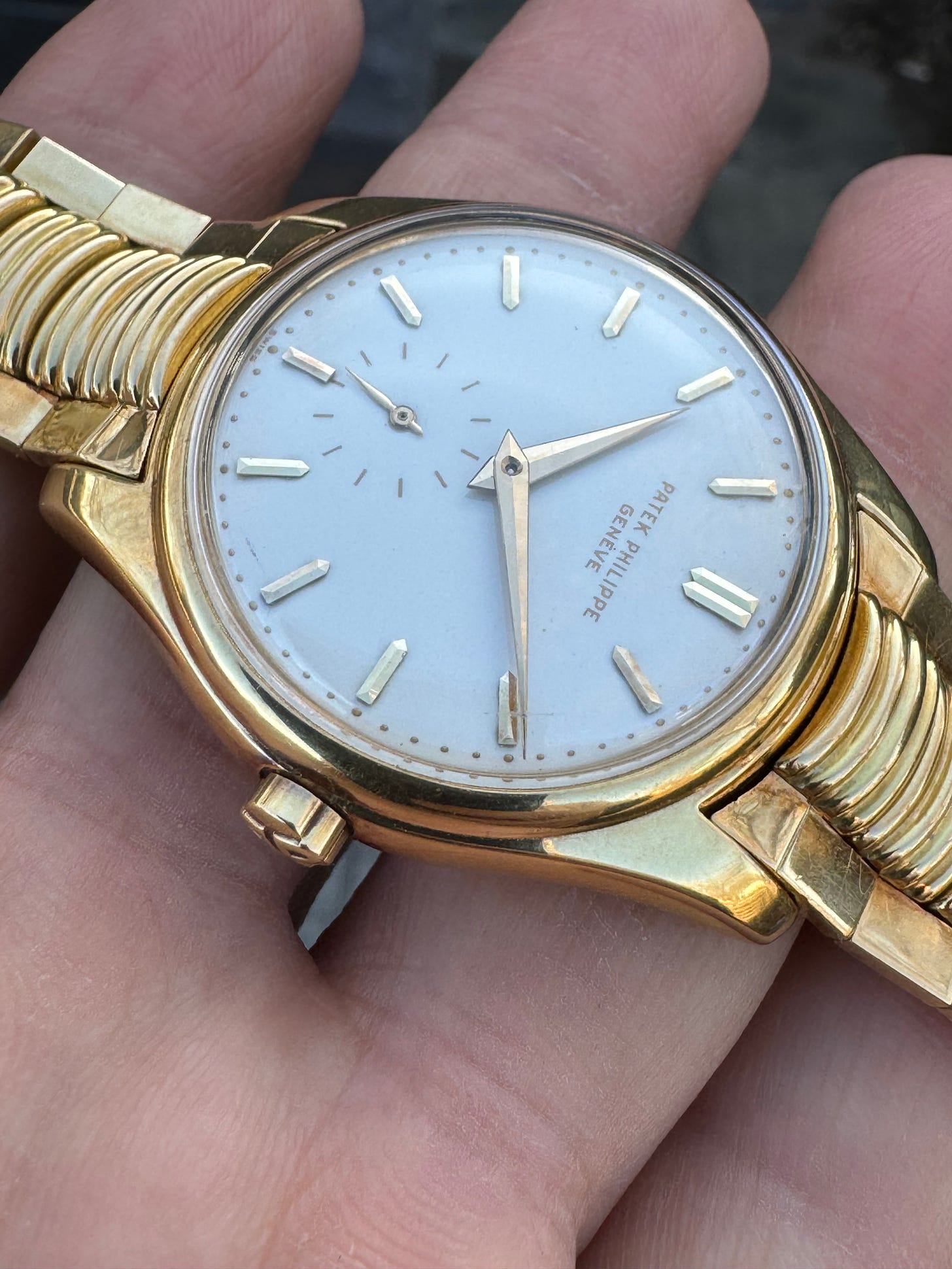
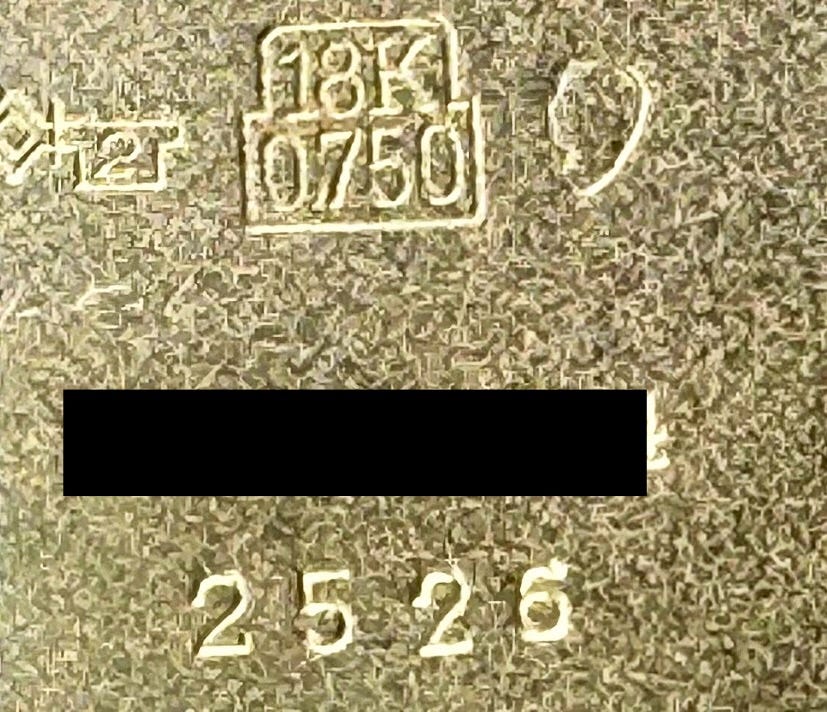
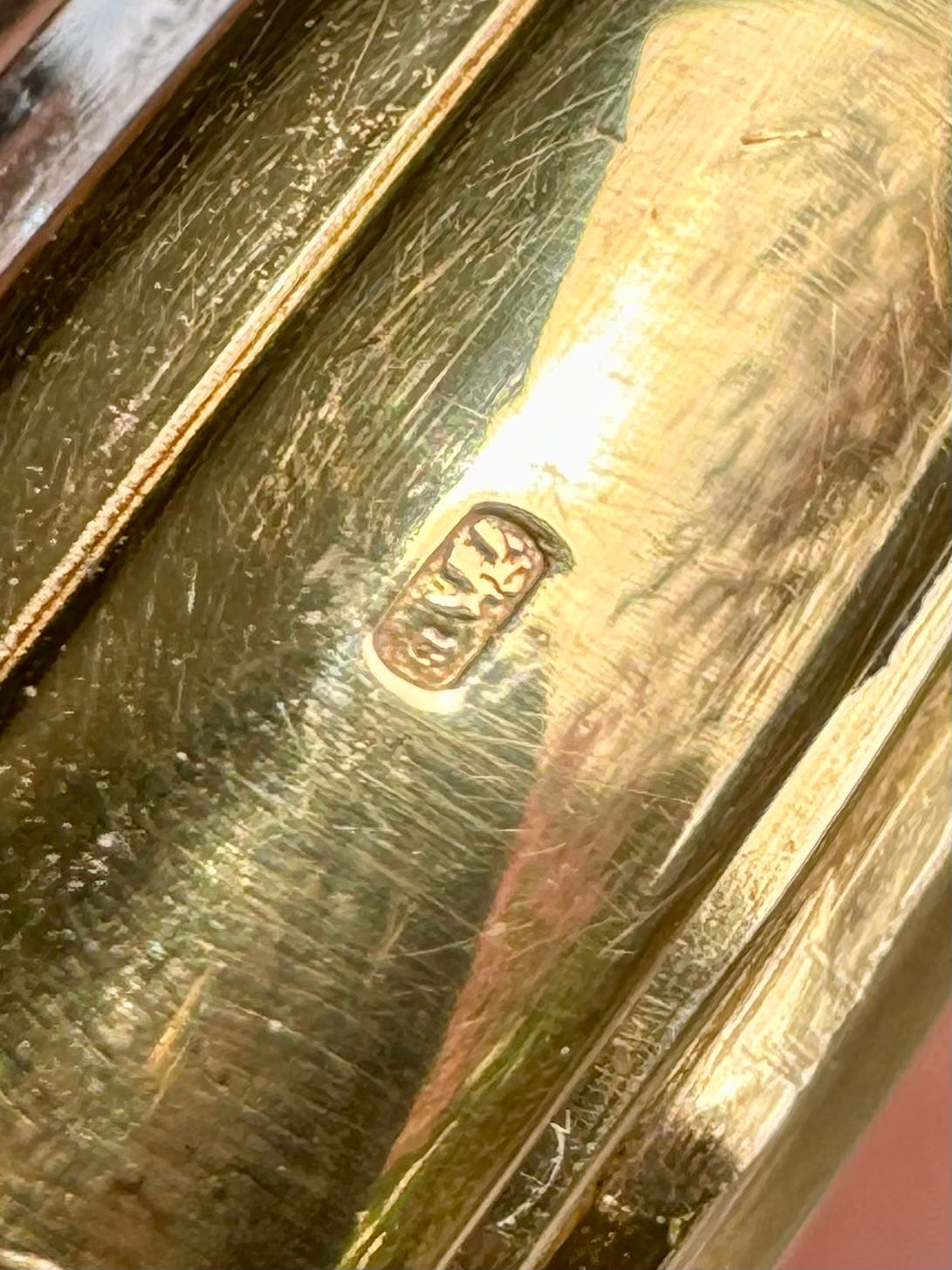
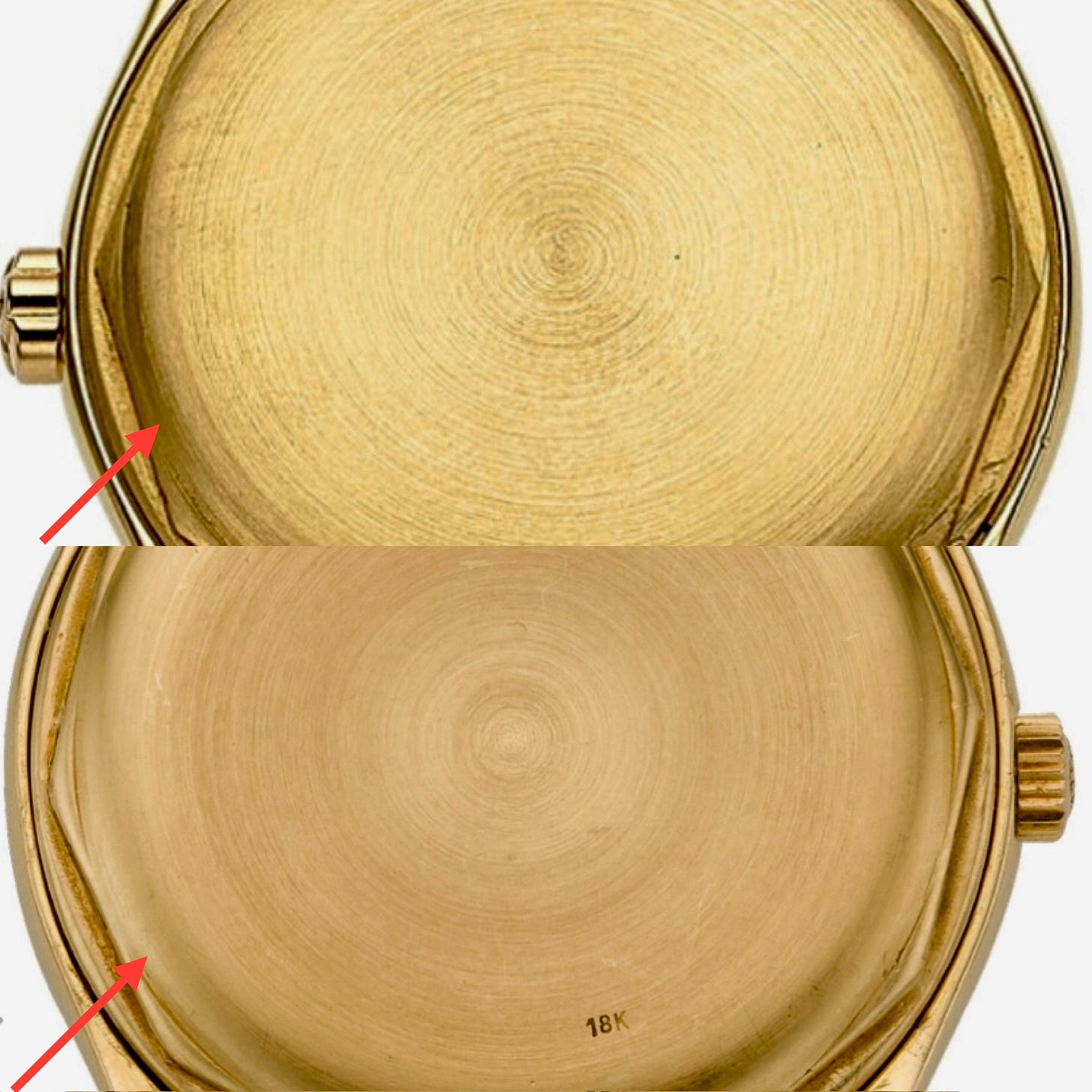
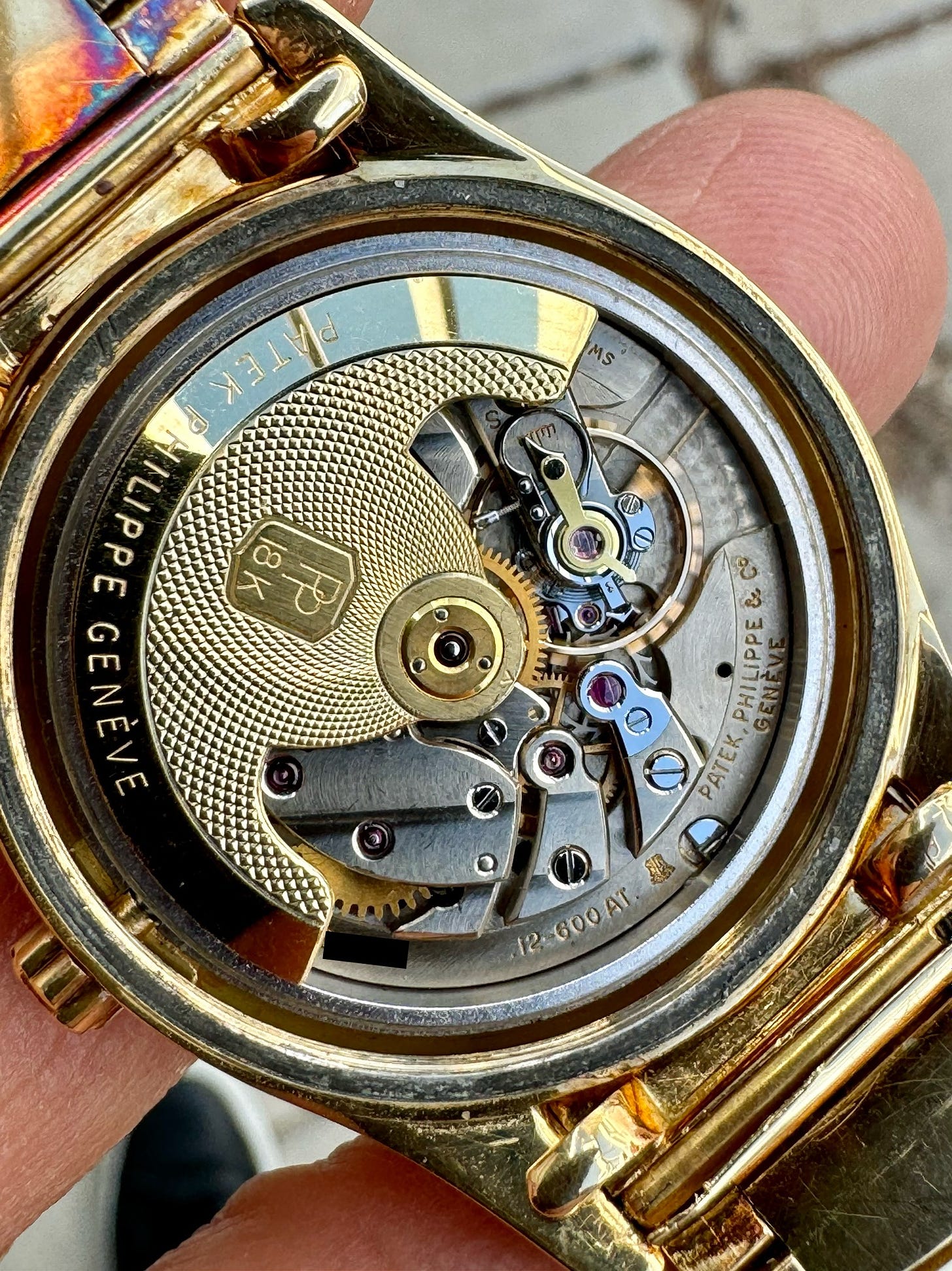
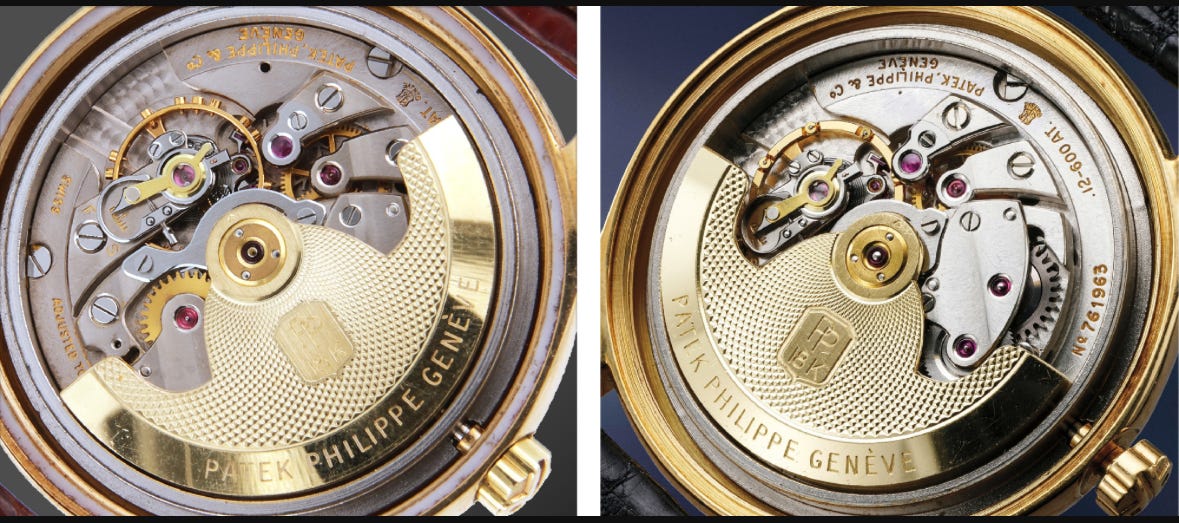
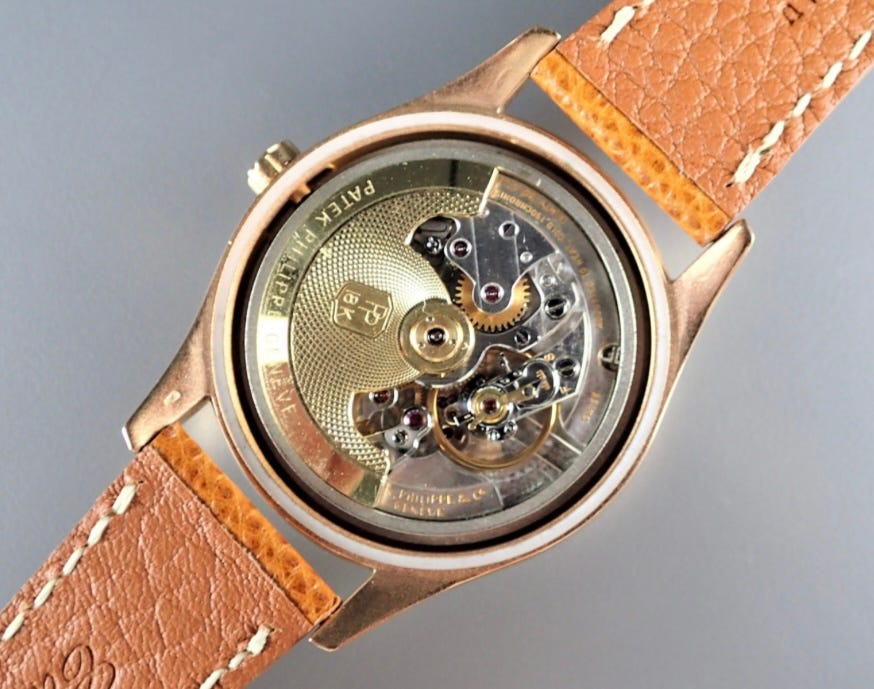
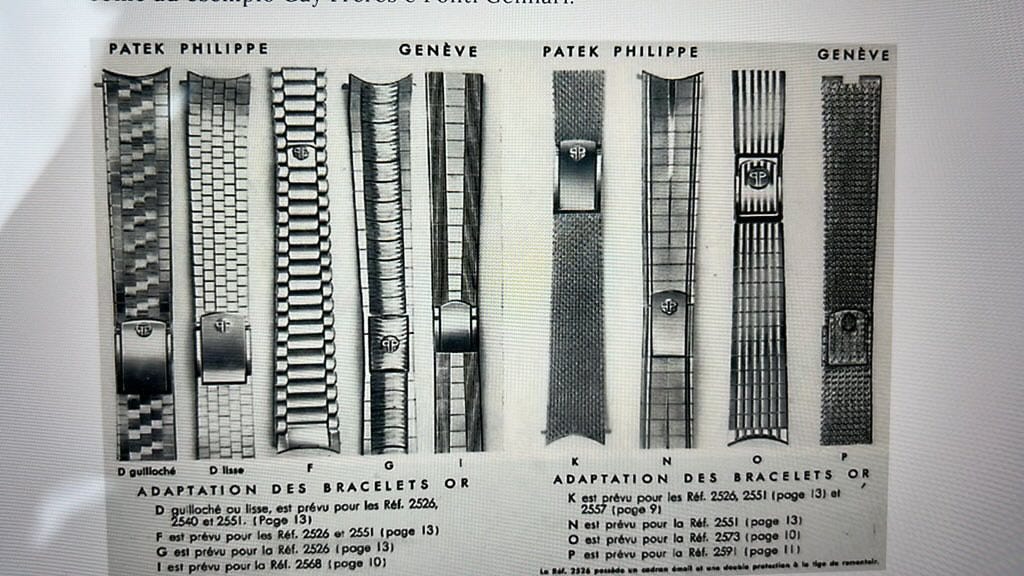
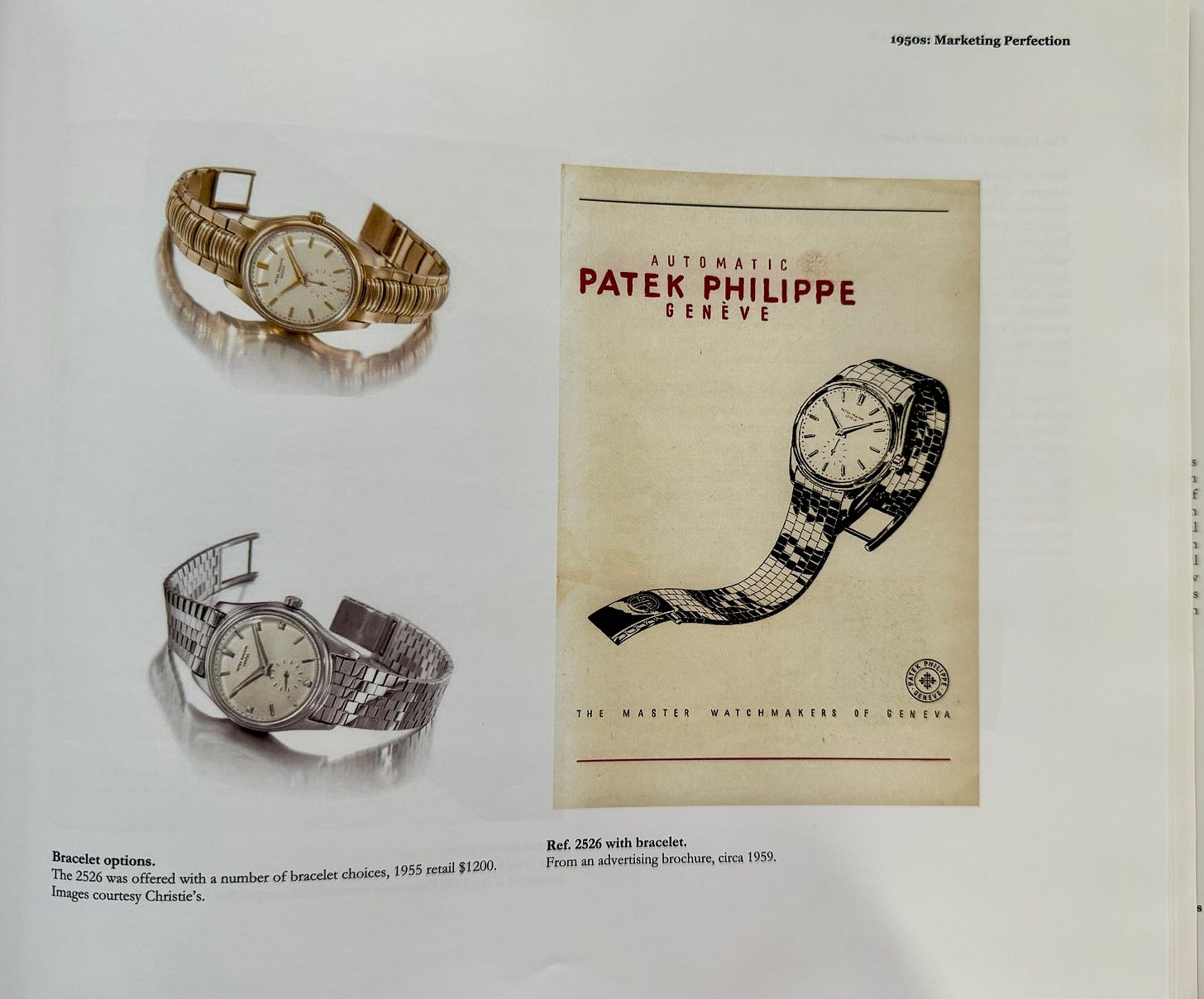
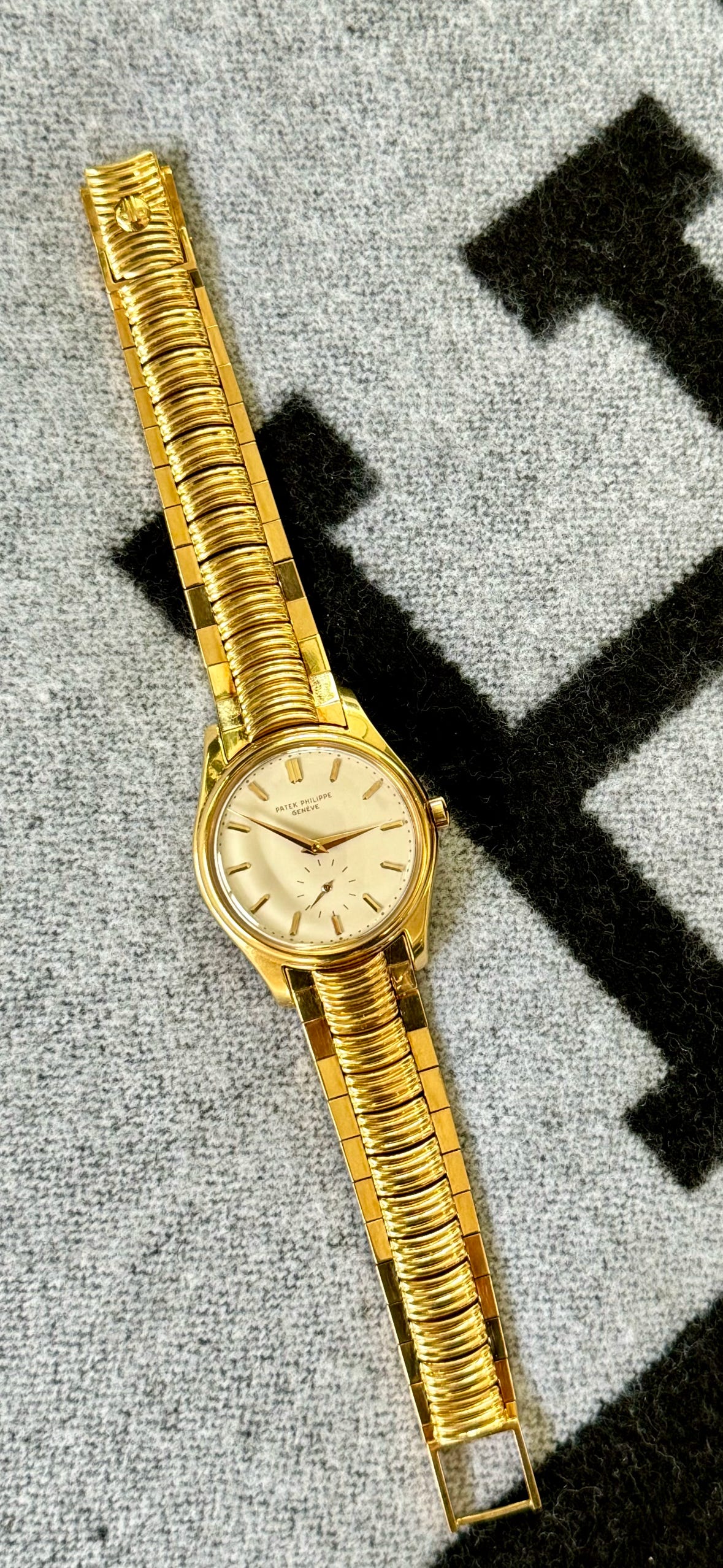
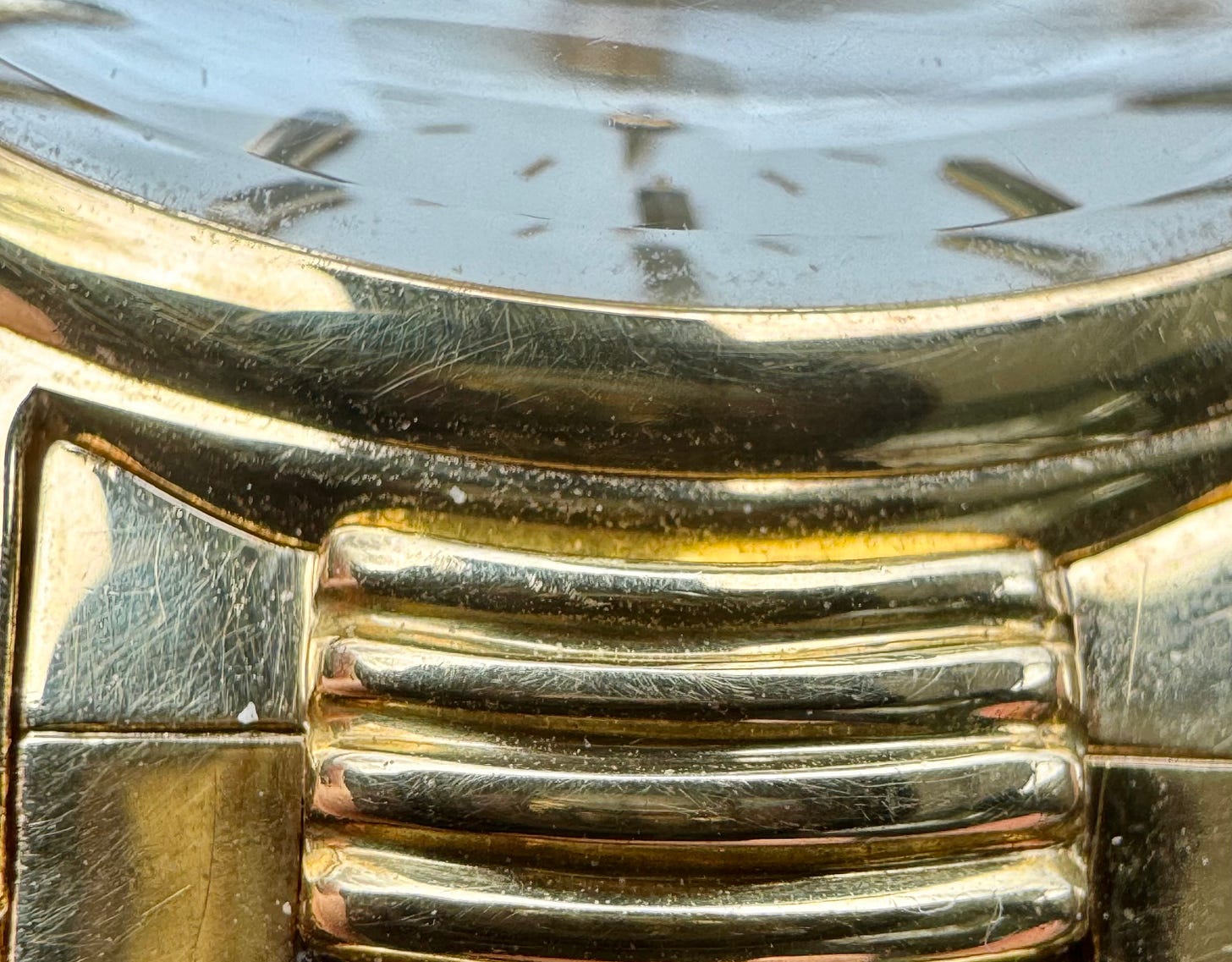
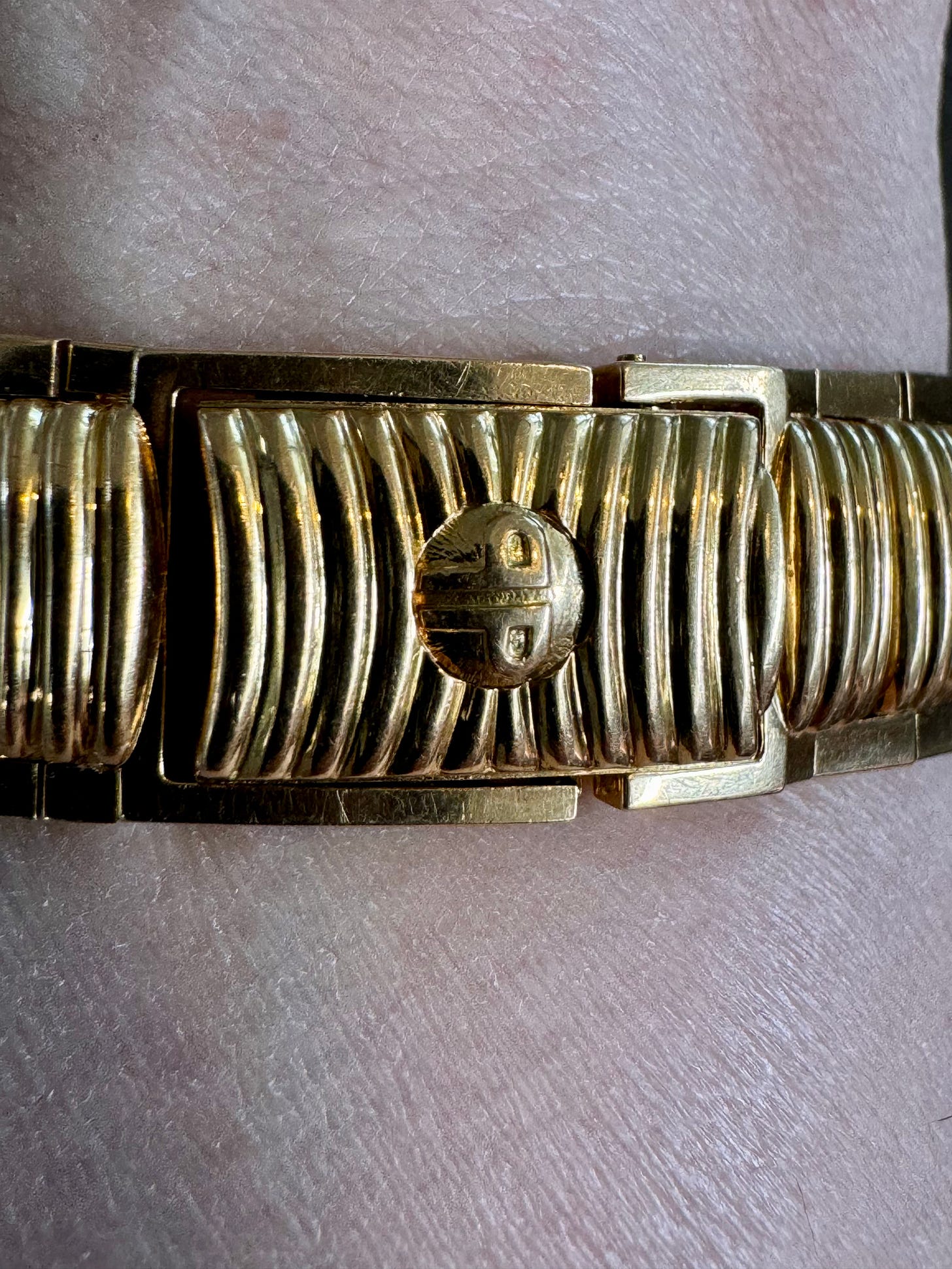
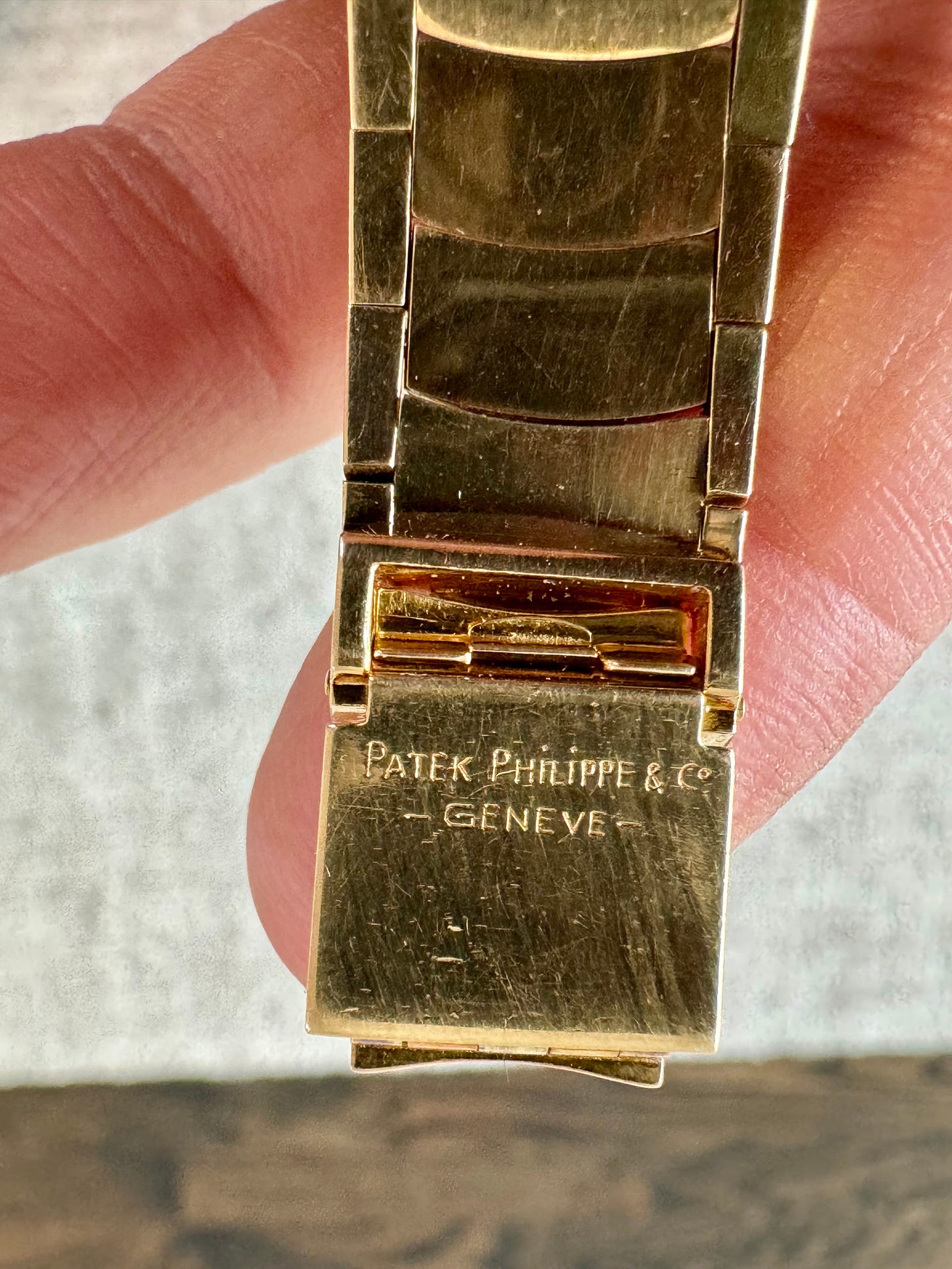
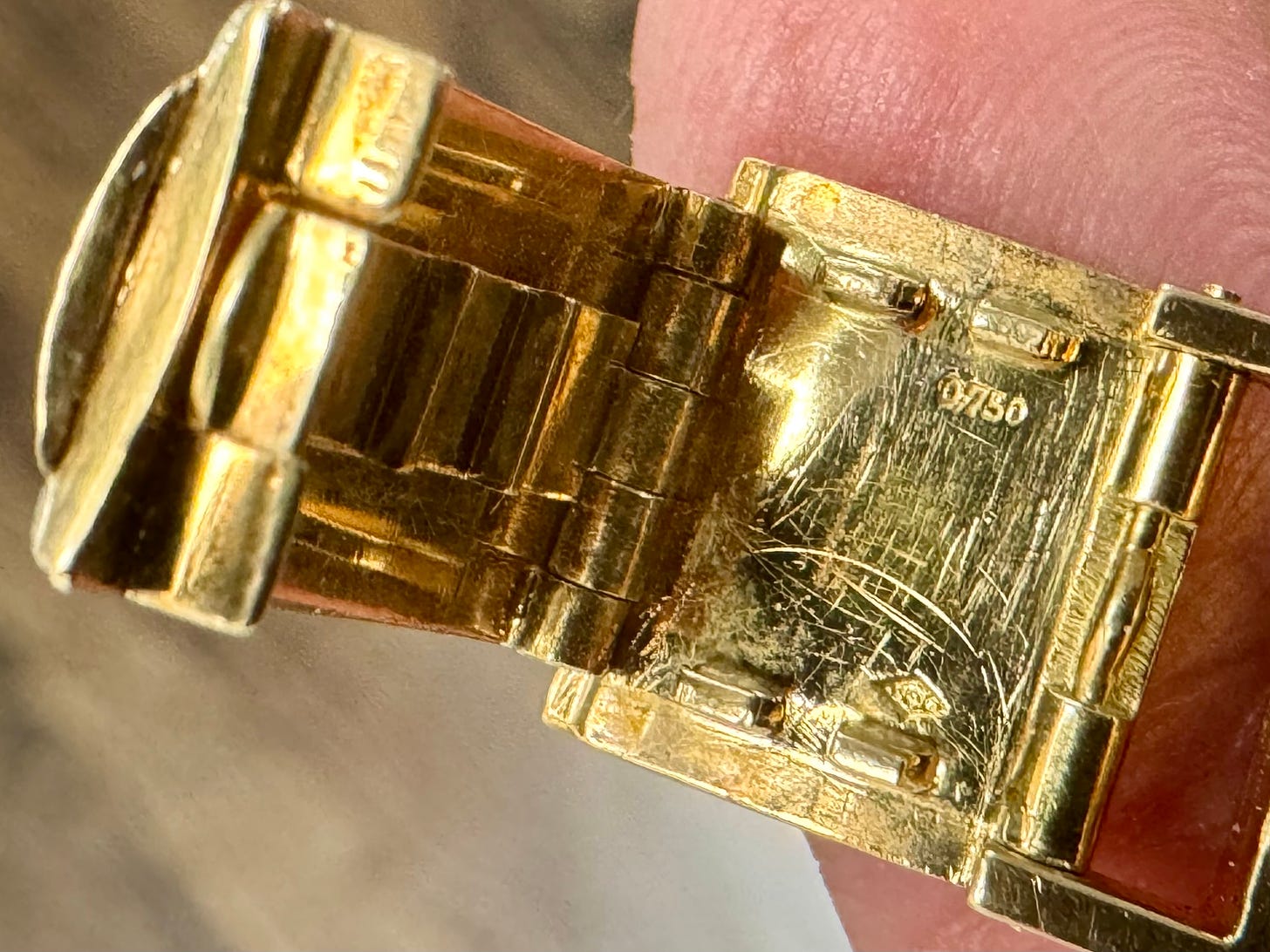

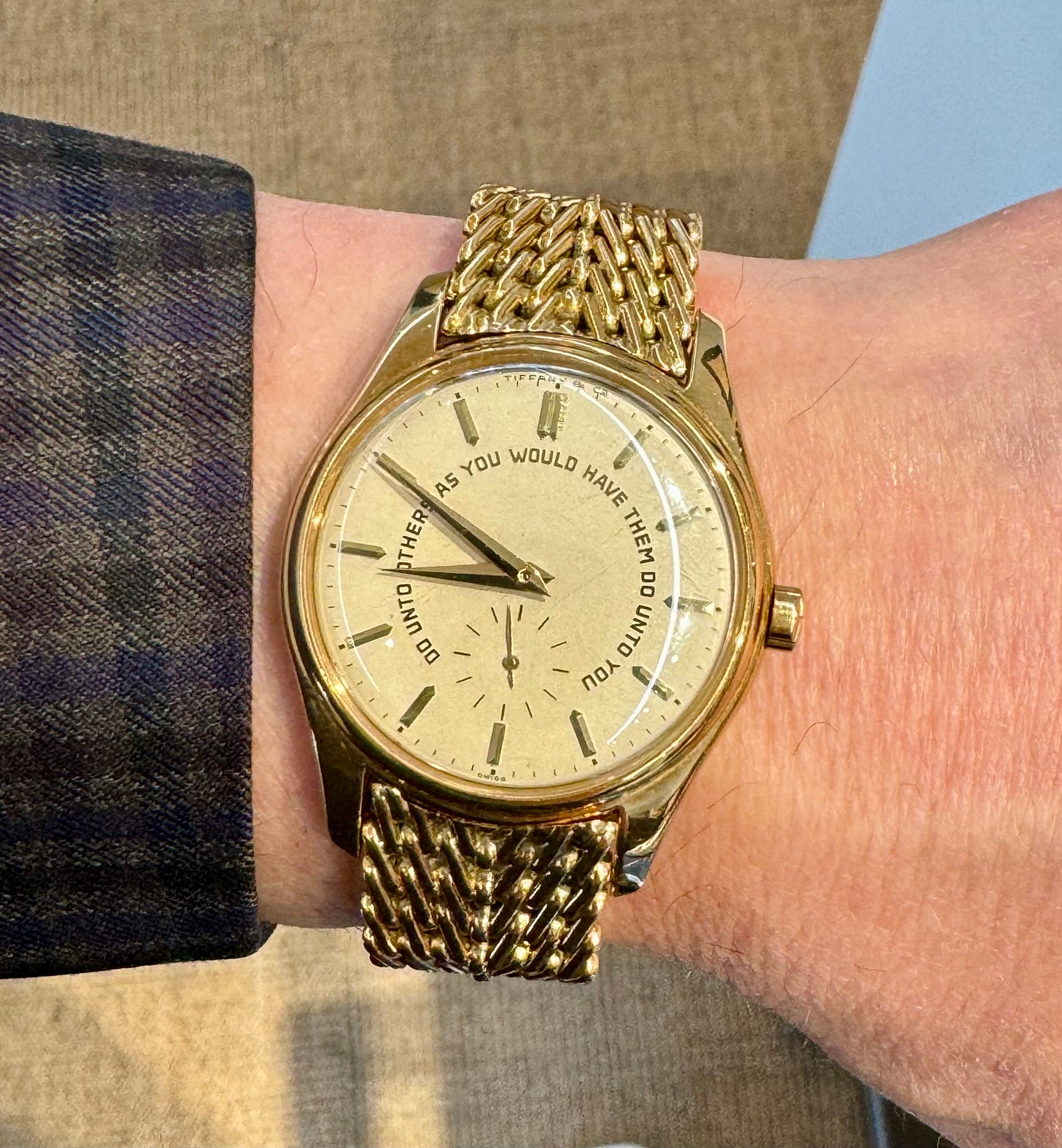
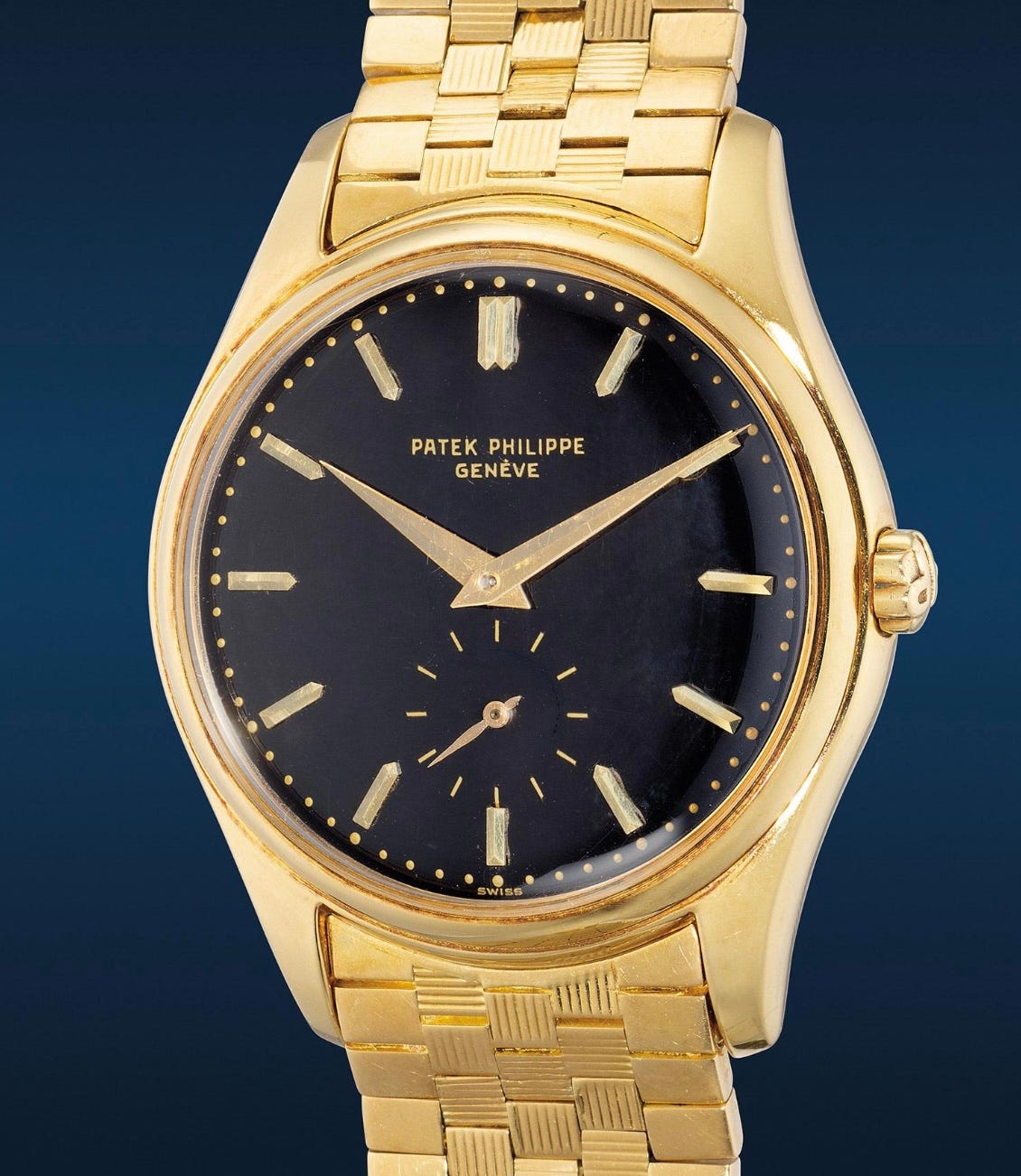
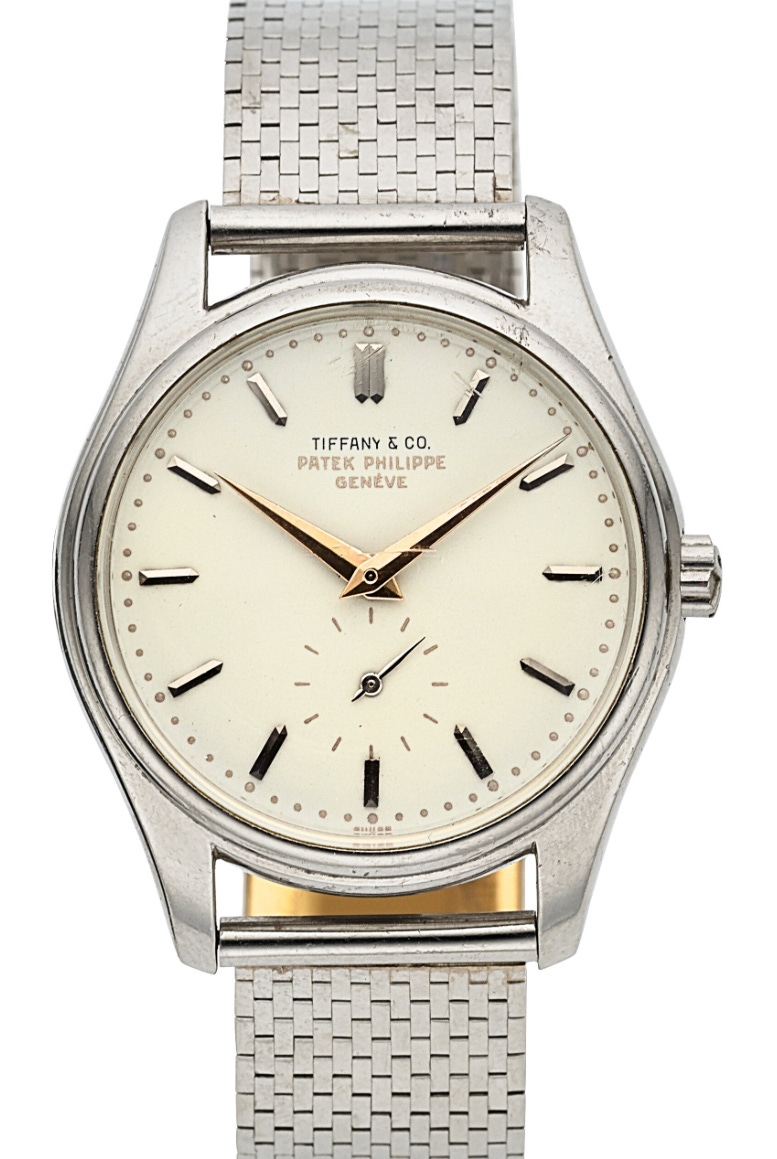
An incredible research of ref2526.A true collector,full of enthusiasm.
Any relation to Felix Baumgartner of Urwerk?